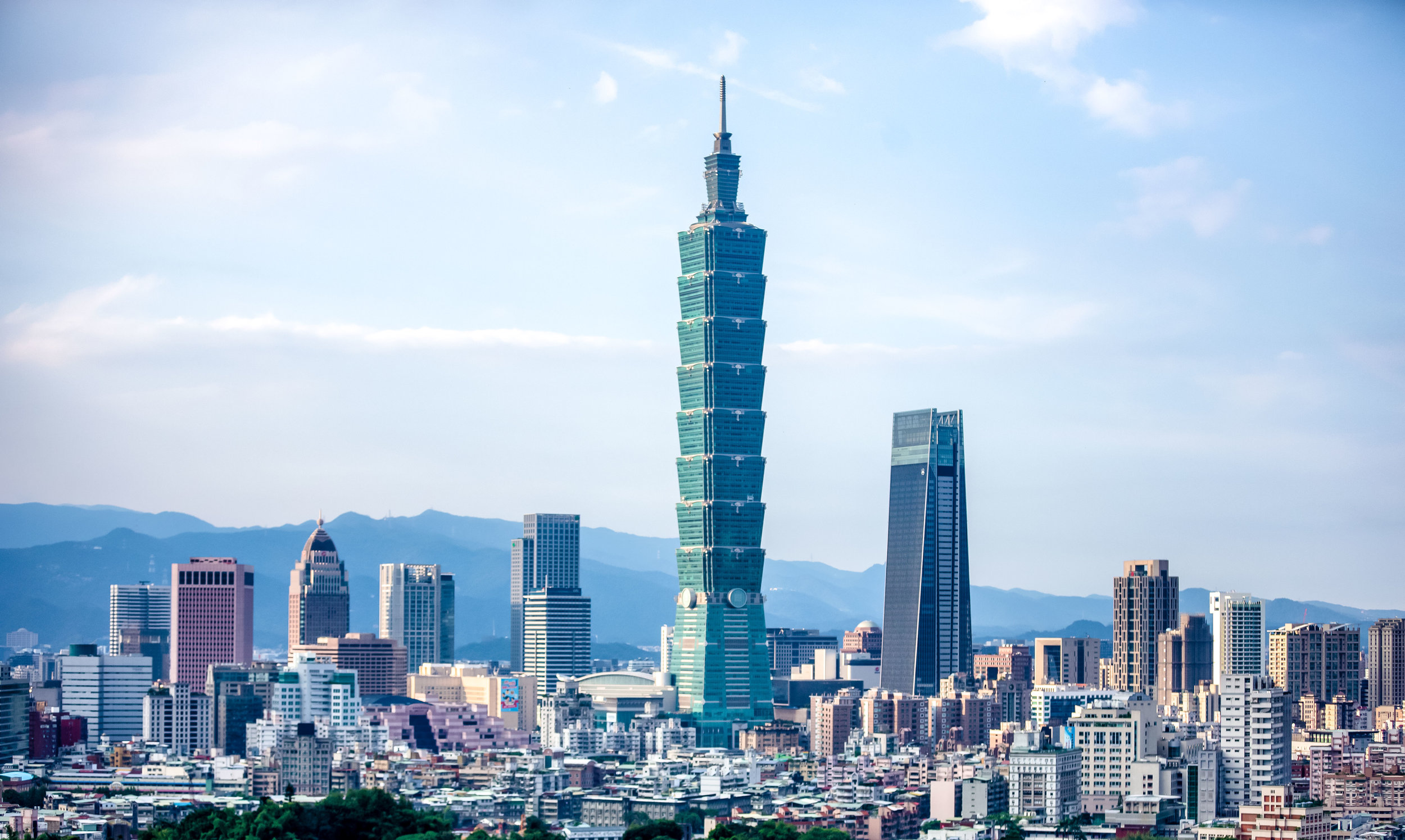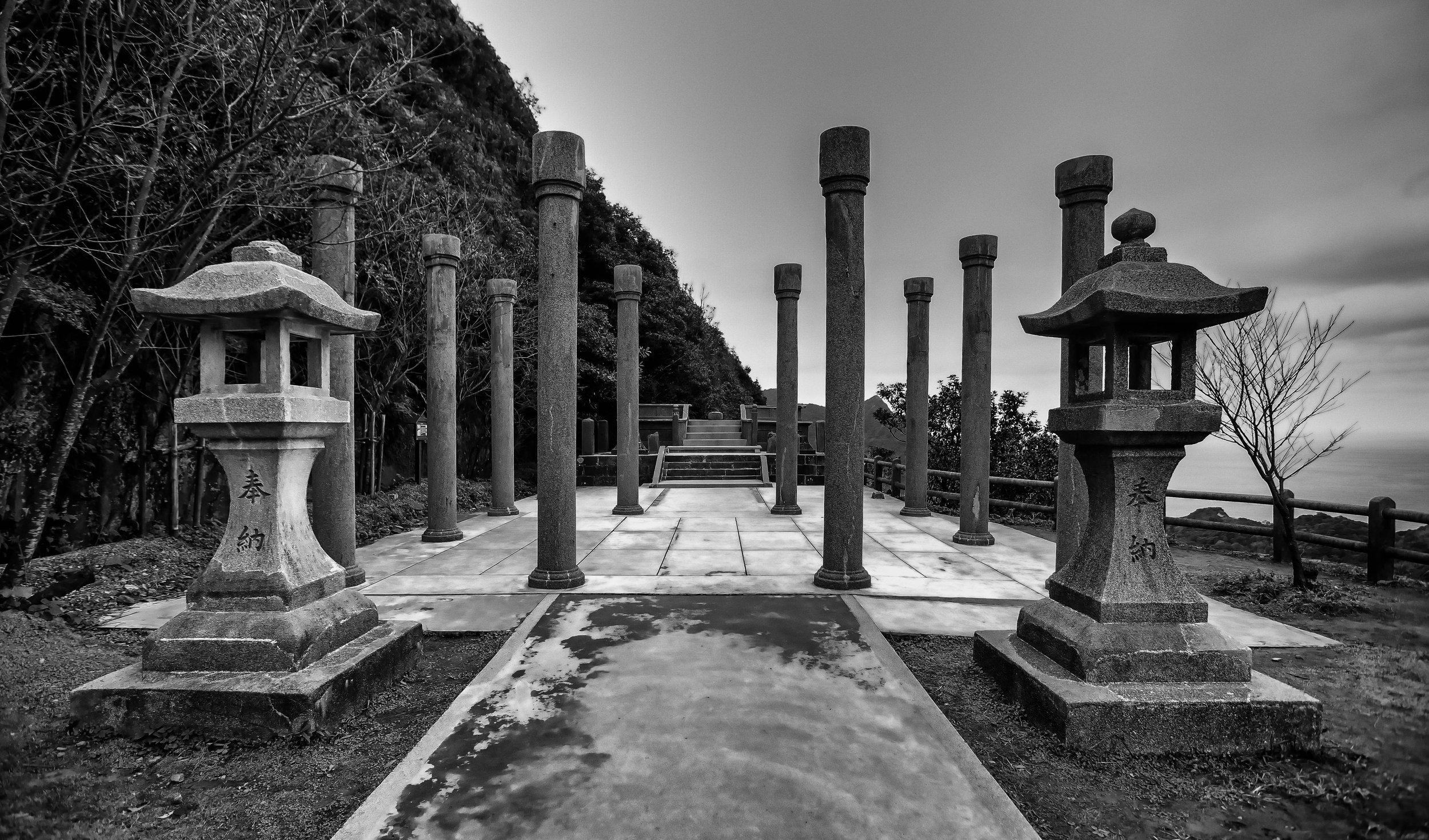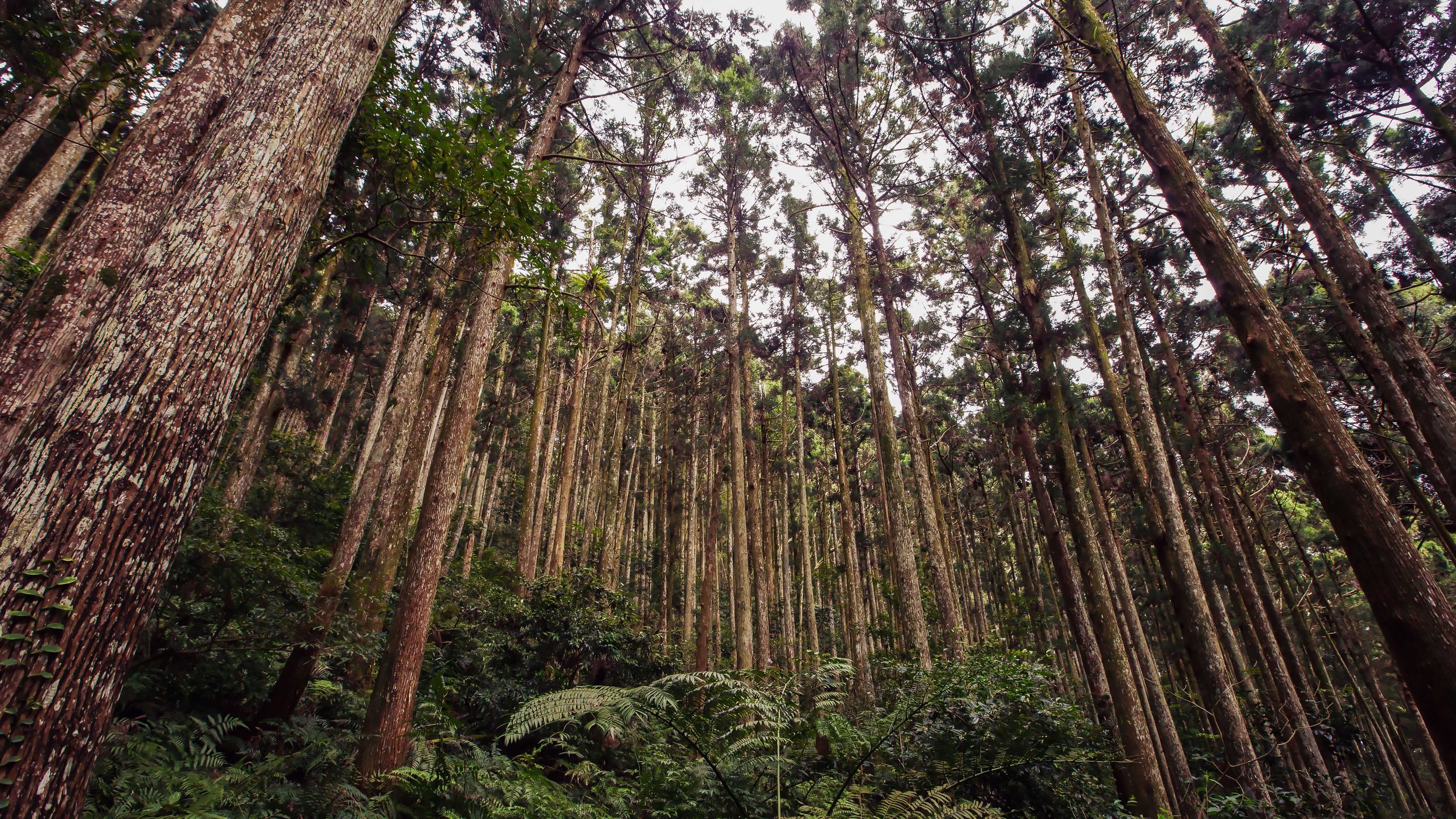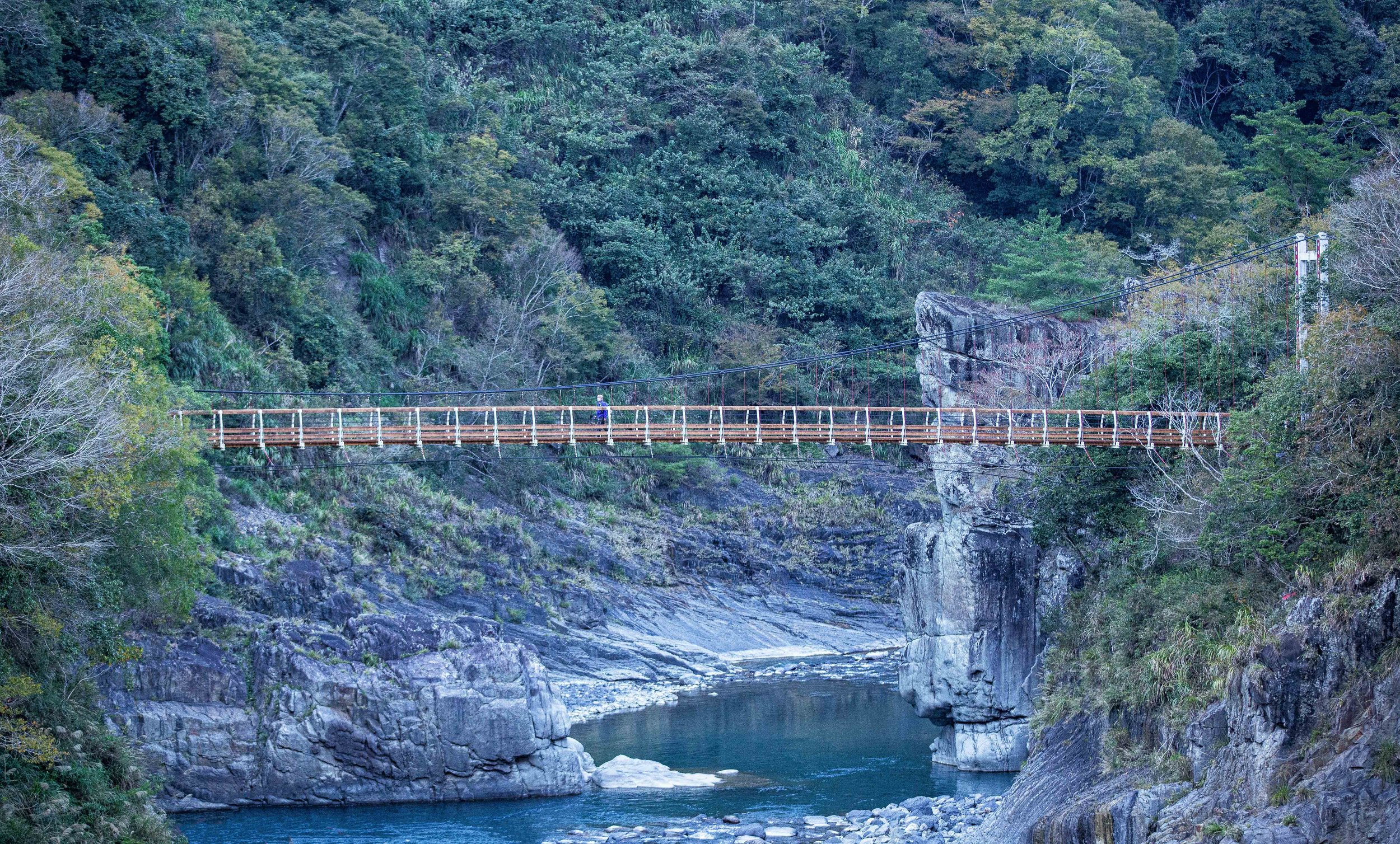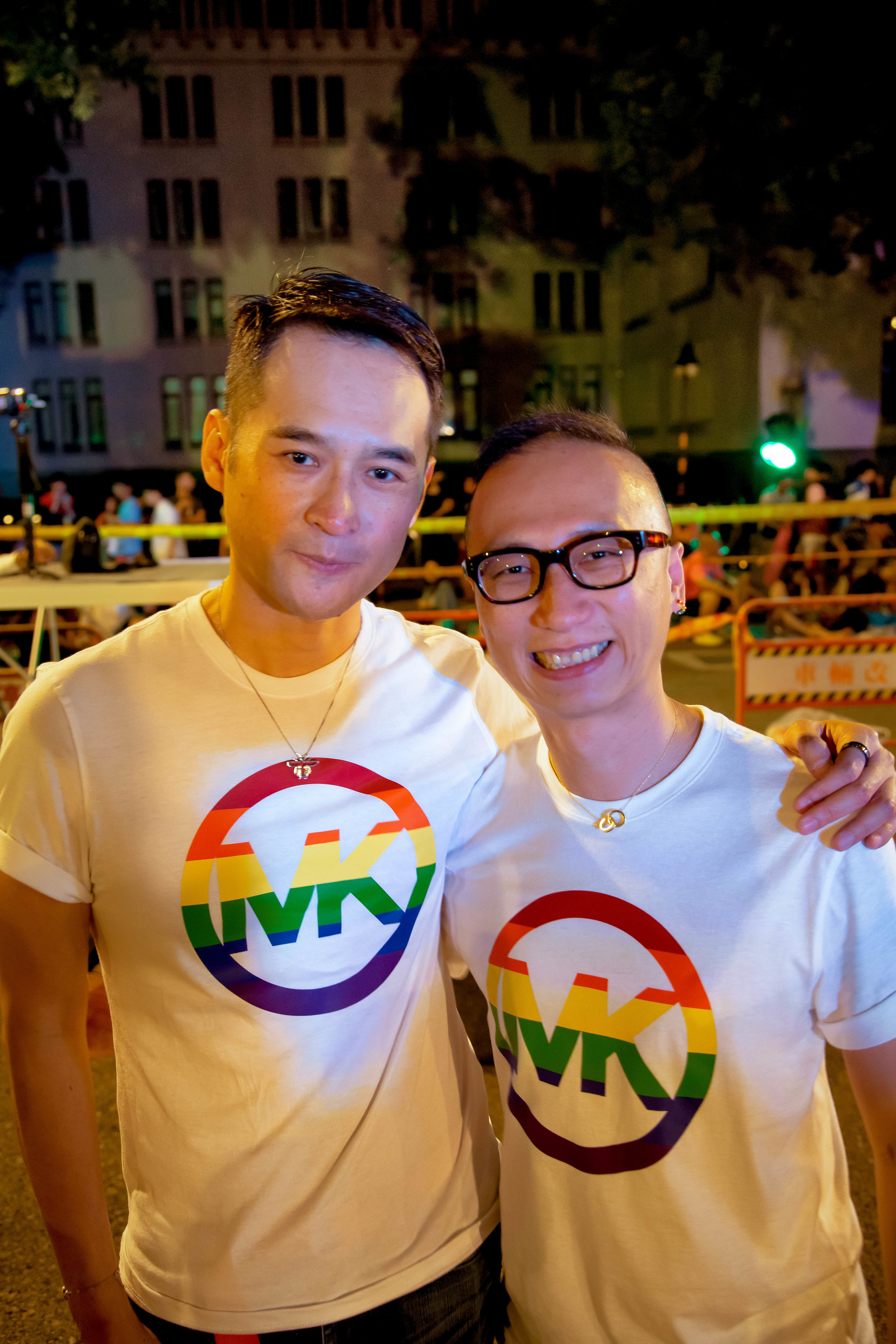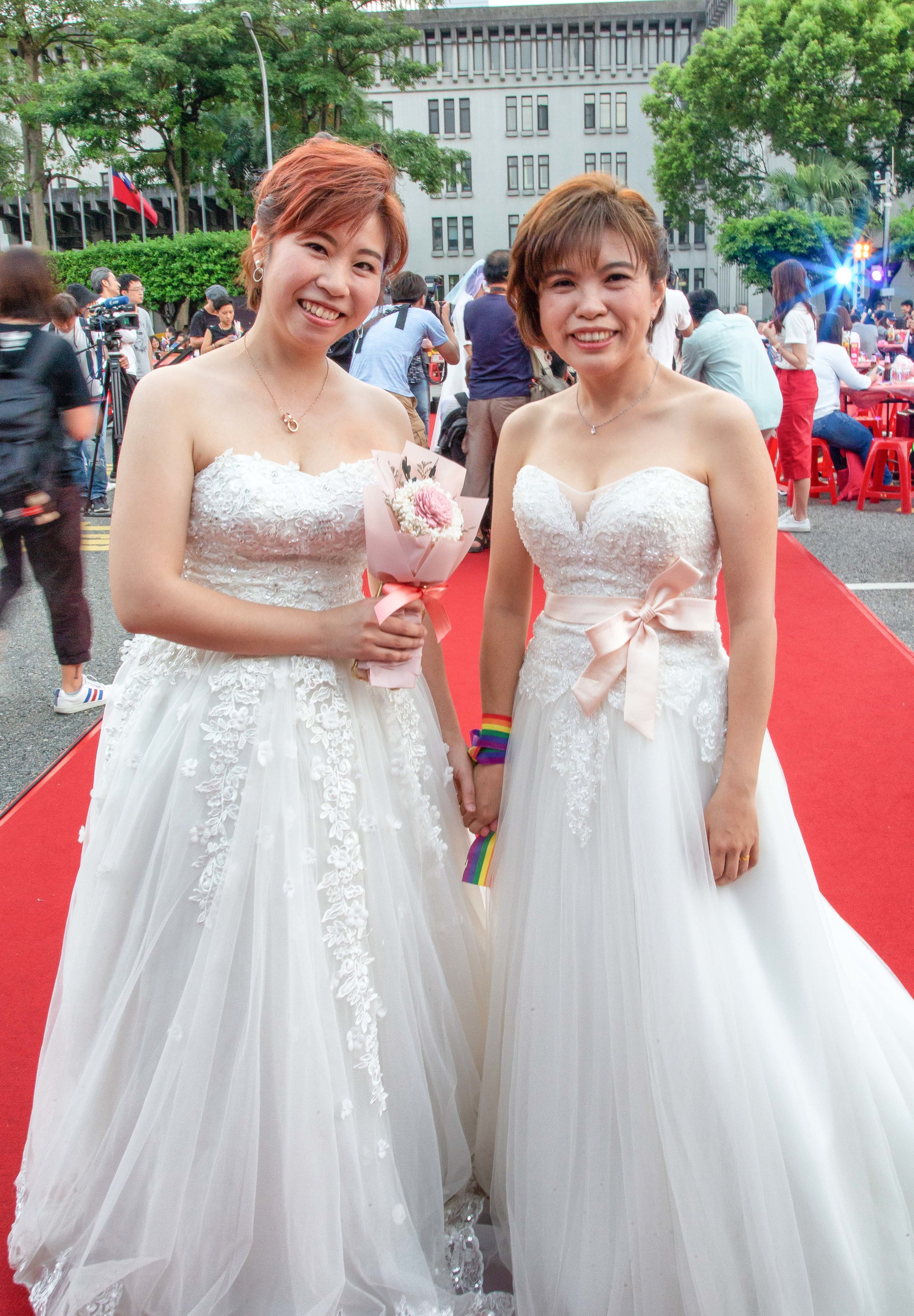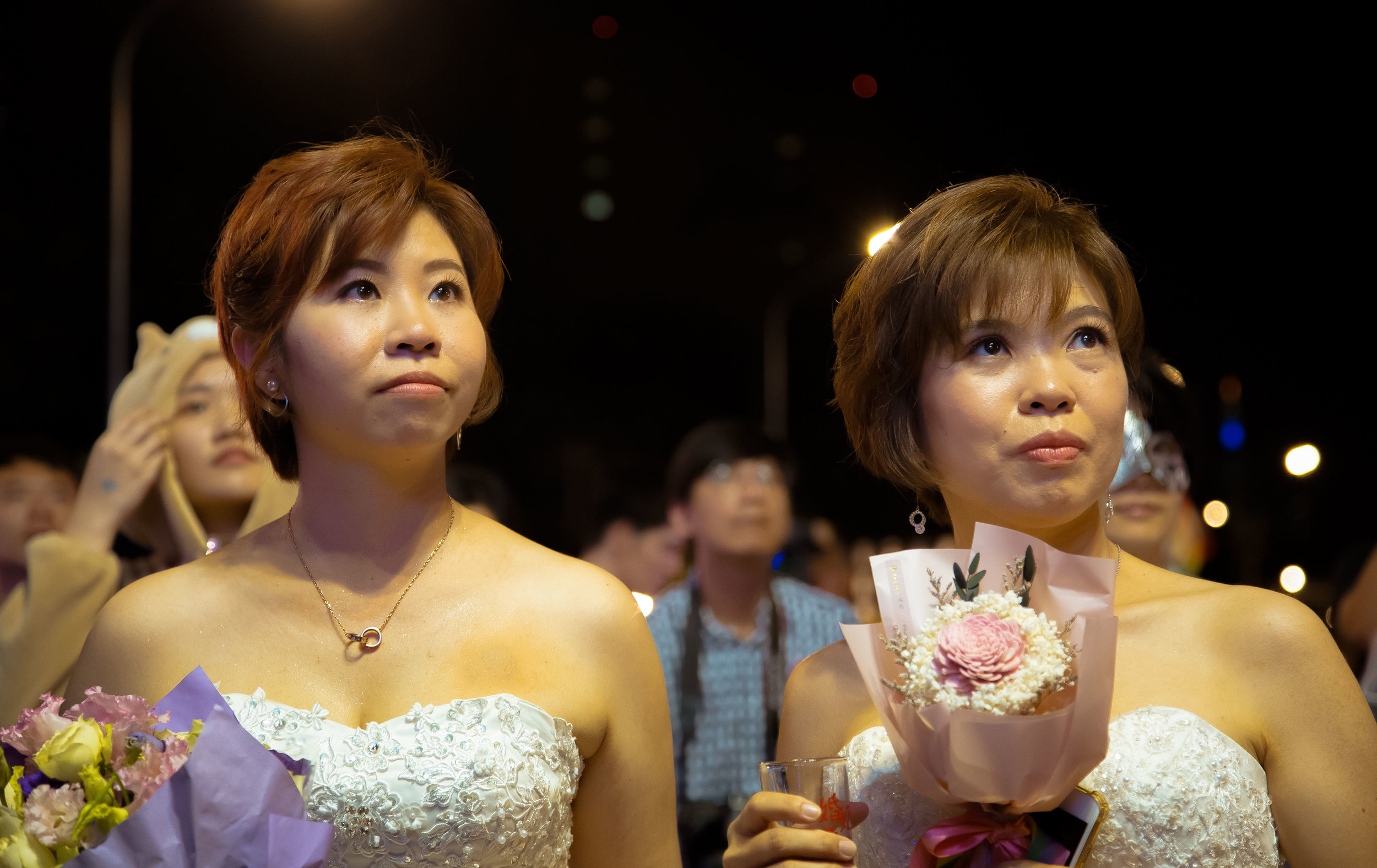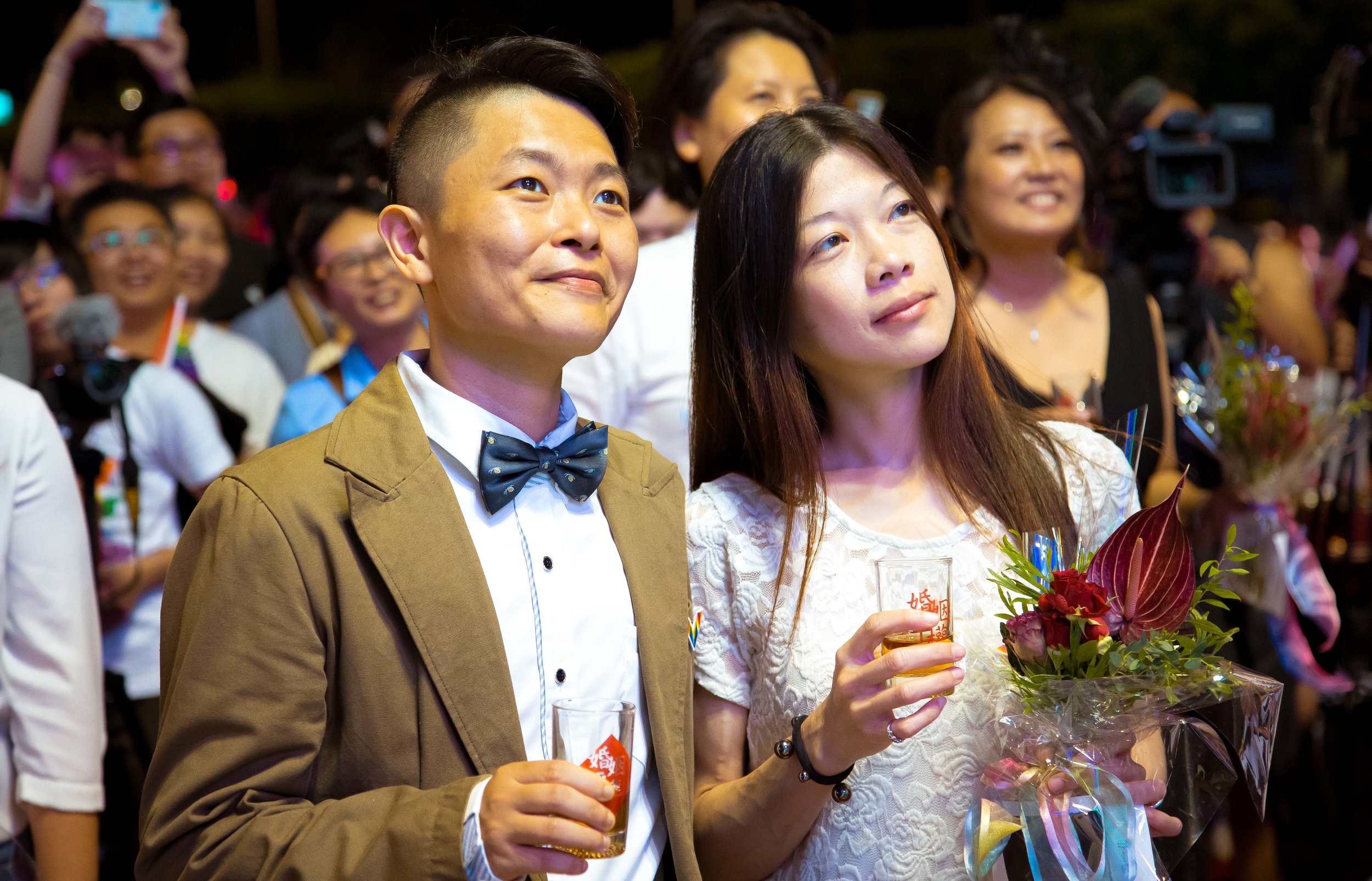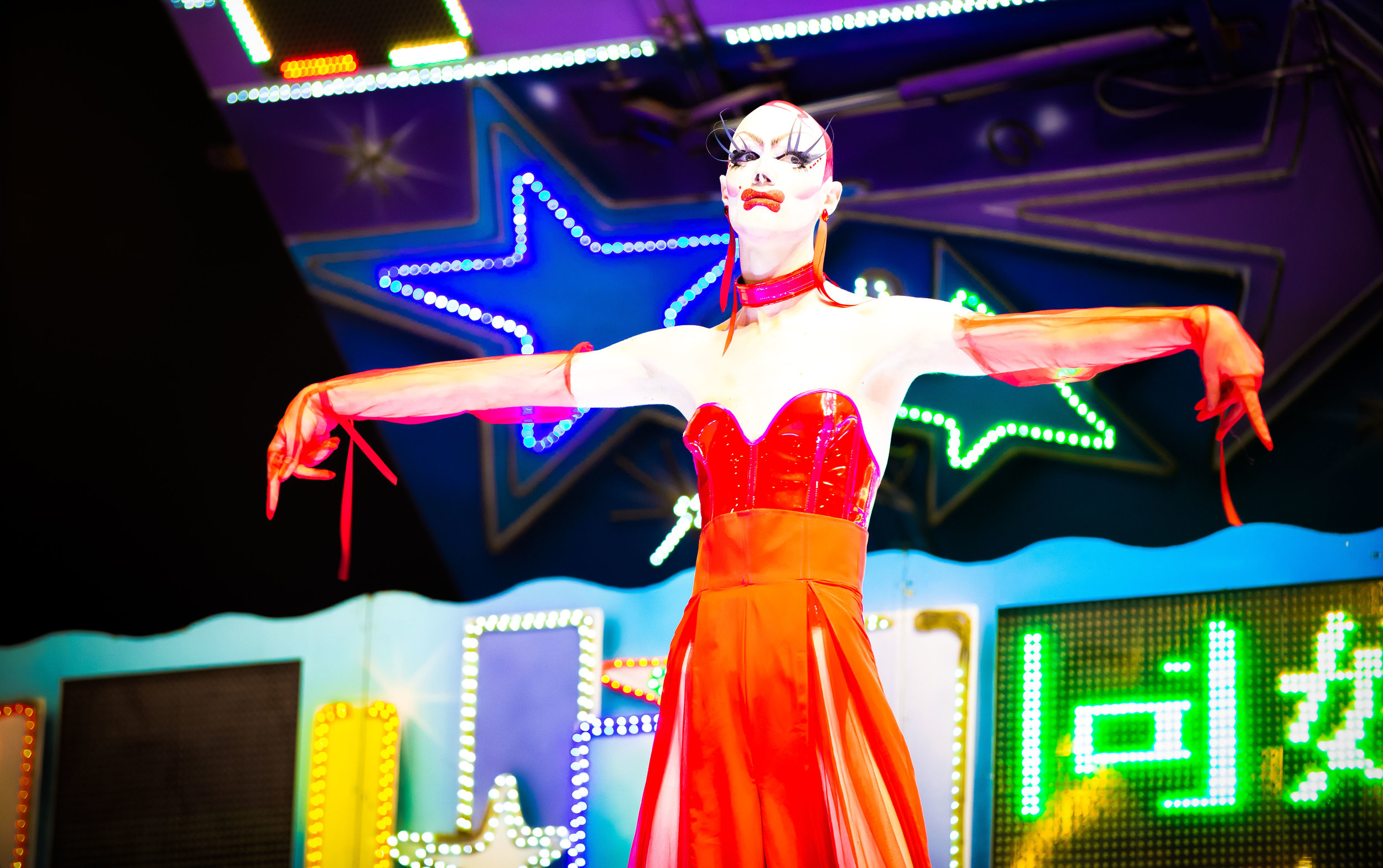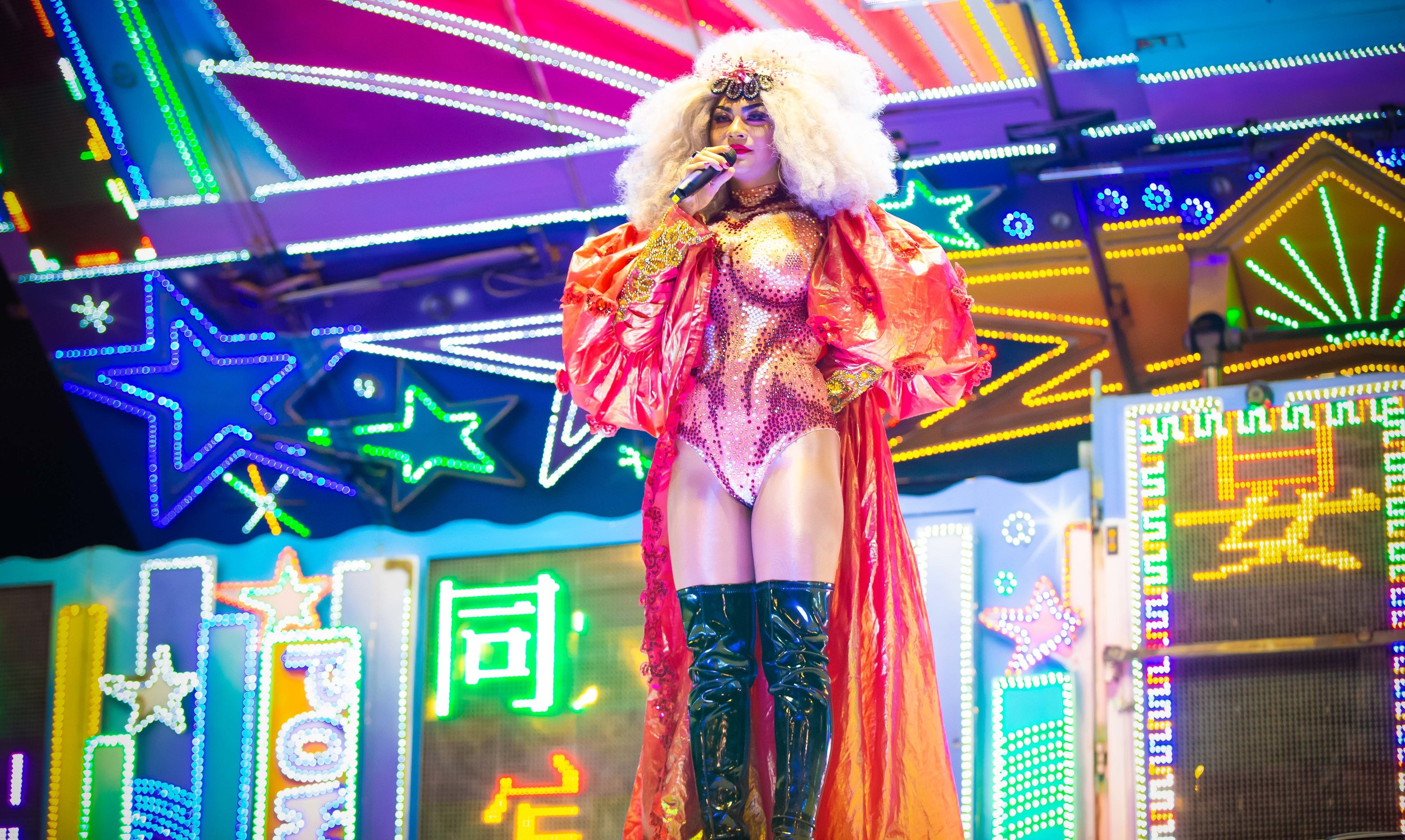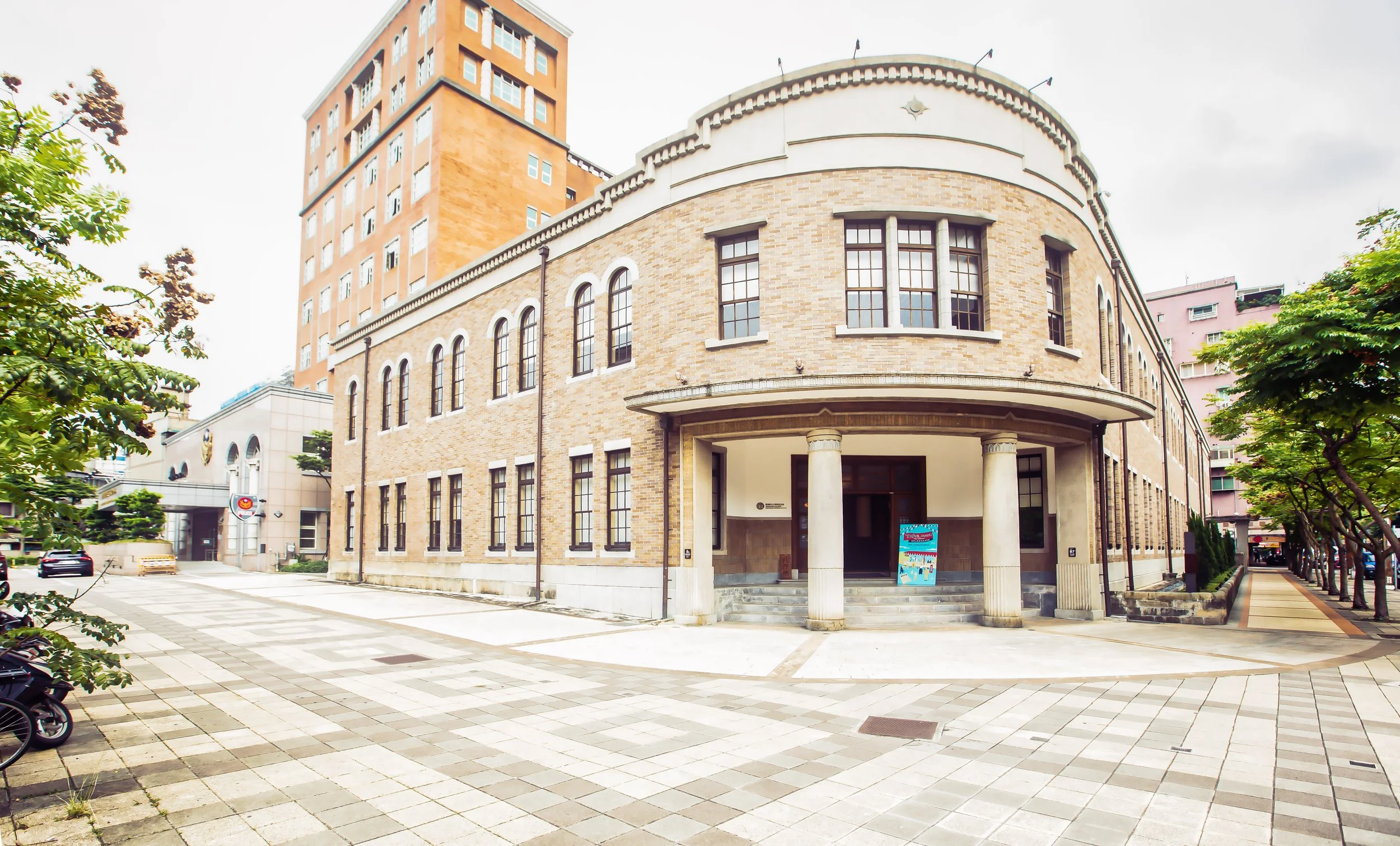Taiwan’s capital city of Taipei is an amazing city that is extremely fortunate to be almost completely surrounded by mountains. It seems like no matter where you are, you’re never far away from a hiking trail and some of those trails have an added bonus of providing hikers with spectacular views of the cityscape.
The sad thing is though, most tourists who come to Taiwan are only really aware of the Elephant Mountain trail, which provides one of the most iconic views of the city, but is also the reason why the mountain is jam-packed every day of the week.
Admittedly, Elephant Mountain does offer the best view and is the most ‘iconic’ spot to take photos of Taipei’s constantly changing skyline - There are however several other locations where you can go to get impressive shots of the city without having to wait all day. So, if you’re like me, and don’t like wasting time in long lines, but still want one of these iconic travel photos, you may want to consider an alternatives.
Most people don’t realize that the Elephant Mountain trail is part of a larger network of trails known as the ‘Four Beasts ’ (四獸山) which also includes Tiger Mountain, Leopard Mountain and Lion Mountain. Likewise you’ll also find Thumb Mountain (拇指山), 9-5 Peak (九五峰), Nangang Mountain (南港山) and Fuzhou Mountain (福州山) close by which are all equally attractive spots, but are frequented considerably less by tourists visiting the city.
Fuzhou Mountain in particular is one that can be easily accessed through Taipei’s excellent public transportation network and takes very little effort to climb but offers maximum enjoyment when it comes to the amazing view of the city.
The mountain which sits directly west of Elephant Mountain offers comparable views of the cityscape, but I would argue the view from this mountain gives visitors a much wider perspective of the city and the lack of any tall buildings obscuring the view of Taipei 101 makes the skyscraper look even more gigantic.
If you’re looking for one of those epic photos and don’t want to have to deal with a bunch of tourists getting in your shot, you’ll definitely want to consider this mountain.
Fuzhou Mountain Hike
Considerably one of the easiest hikes in Taipei, the Fuzhou Mountain trail takes less than twenty minutes from the trailhead to the peak and isn’t even remotely as steep as some of its more popular neighbors. This makes the mountain much more suitable for travelers who are traveling with children or seniors. Like most hikes in the city, the trails are well-maintained with well-developed walkways and even lights that guide your path at night.
If Instagram is any indication, the majority of people who hike this one take almost all of their photos from a specific area, which offers one of the best views of the Taipei cityscape - but may fail to realize that the park has two additional viewing areas where you’ll also get great views of the city.
Depending on how much time you have and whether or not you plan on visiting one of the platforms or all of the platforms, there are a few things you should keep in mind when planning a trip to the mountain as there are a few different trailheads and a few different ways to get there.
To make things simple, I’m going to separate my recommendations for the trails into two different sections, so if you want to simply get to the most popular platform, take some photos and then leave as fast as possible check out the section immediately below. If however you plan to take your time, check out all three spots, you should check out the second description. It will provide you with faster access to the other two viewing platforms before arriving at the most popular one.
Starting from Fuyang Eco-Park
Once you’re in the park (directions below) you’ll come up to a roof-top pavilion with nearby bathroom facilities. You’ll likely find quite a few locals hanging out there drinking tea and chatting. The nature park, which is completely covered by trees offers a cool respite from the summer heat, so it tends to be a popular place to hang out.
Next to the pavilion is a set of stairs where you’ll start your ‘hike’ up the mountain - I wouldn’t actually even consider this one a ‘hike’ as its more or less just a brisk ten minute walk up a hill. The incline isn’t that steep and after a few short minutes you’ll start seeing the cityscape appearing through the brush.
After the short walk up the hill you’ll reach a park with playground-like facilities with another set of stairs leading up to the platform. This platform, the most popular of the three is where you’ll find the best view of the city.
Even though the view is generally unobstructed, I’d recommend that you bring a tripod with you, especially if you are going to be taking night shots. The taller the tripod the better as it is possible that you may end up having a bit of brush growing in front of the platform.
From this platform you have the option of continuing along the trail to the other two platforms or leaving the way you came to go back to the MRT station. If you’ve got the time, I recommend continuing on.
Starting from Wolong Street Trailhead
The Wolong Street Trailhead is probably the most popular starting point for this hike, but for the life of me I have absolutely no idea why. When you start your hike from the Fuyang Eco Park, you’re constantly surrounded by nature and the path, even though it is well maintained, blends in with the natural environment. The Wolong entrance however is a steep cement trail. There are of course trees all around you, but when you’re walking up a cement path wide enough for cars, I wouldn’t really call that a nature hike. Its more like a walk up a steep street.
One of the other negatives is that the hike from Wolong Street takes much longer (and that doesn’t even include the amount of time it takes to arrive at the trailhead). If you start at the park and walk at my pace (which is relatively fast) you can be at the viewing platform in around five to ten minutes. The Wolong entrance on the other hand is going to take a bit more time and you’ll have to contend with a couple of really steep sets of stairs that are going to tire you out.
I suppose the popularity of the Wolong Street trailhead as a starting point is mostly just so that people can make a complete circuit of the main part of the trail. If you start at Wolong, you can easily end your hike at the Eco Park, which is conveniently located near the MRT station.
How you hike is up to you, but if you’re looking for a much faster and easier experience, I’d recommend not bothering with this trail at all. Personally, I’ve hiked this mountain well over a dozen times and the only time I started from this entrance was to get photos for this blog. Its not likely that I’ll ever start from there on a future visit.
Why are there so few people?
Despite offering what are arguably some of the best views of the city, there is a very practical reason why this mountain isn’t as popular as you’d expect it would be. Suffice to say, most locals consider it to be one of the most haunted areas in the city.
Why? Well, there are actually several reasons, all of which involve ghosts.
The area where the hiking trails currently exist were once home to a graveyard that has since been relocated elsewhere.
The southern side of the mountain, where you won’t find hiking trails, is still occupied by a large public graveyard and there are funeral homes near the base.
The eastern side of the mountain is home to the Taipei Necropolis, an infamous site full of unmarked graves of those murdered by the government during Taiwan’s “White Terror” period (白色恐怖).
The infamous Xinhai Tunnel (辛亥隧道) was constructed inside the mountain and connects two city districts geographically separated by the mountain.
I’m not really a person that pays much attention to this superstition stuff, so let me give you a few details so you’re not that freaked out.
The Taipei Necropolis and 228 Graveyard are actually on a distant part of the mountain range than the hiking trails (Closer to Liuzhangli MRT 六張犁捷運站). Unfortunately, the reminders of Taiwan’s history are enough to keep some away.
Link: The Graveyard at the Center of Taiwan’s White Terror Period (English / 中文)
In the early 2000’s when the graveyard was relocated and the city government started to lay the foundation for the hiking trails, the Taiwanese media (which thrives off of sensationalism) posted articles which complained about the poor job the city government did with relocating the graves and also enforced the idea that this place was definitely one where you wouldn’t want to visit. Here’s a translated excerpt from a 2005 TVBS article:
“On Wolong Street in Taipei there was once a cemetery. Five or six years ago the cemetery was relocated and the city converted the area into a park. While the trails were being laid you wouldn’t believe that the city government did such a terrible job of cleaning up the remains of the tombs. It’s outrageous that a tombstone is still clearly visible next to the trail. If you want to enjoy the beauty of the world’s tallest building, Taipei 101, Fuzhou Park will satisfy you. However if you want to climb this mountain you’ll need a bit of courage because you have to walk along a path full of graves.”
「台北市在臥龍街附近有一塊公墓,在五六年前墓地遷移之後,市府在原地改建成公園,還舖上木製登山步道,不過市府卻沒有將墳墓的遺跡清理乾淨,離譜的是,有墓碑就被崁進階梯裡,上面刻的姓氏還可以清楚看到。想要眺望世界最高樓台北101週圍的美景,有一個地方可以滿足您,那就是位在臥龍街附近的福州山公園,不過想登高望遠,可能要有點勇氣,因為您得踏著墳墓棧道,一步一步往上走。」
Confounding the urban myths about the mountain being haunted is the fact that the Xinhai Tunnel (辛亥隧道) was constructed within the mountain while the graveyard was still on top. There have have been countless stories about ghosts appearing in the back seats of people’s cars as well as on the road, causing several fatal accidents over the years. In 2013 the tunnel was listed as one of the ‘Top Ten Haunted Sites in Taiwan” by an online poll. (English / 中文版)
Fuzhou Mountain is a vibrant natural area in the middle of the city and is full of life and not those who have already departed this world. I’m sure most foreign visitors won’t have any reservations about visiting. I can attest to the fact that I’ve been in this park more than a handful of times, most of them hiking on my own, and haven’t experienced anything remotely strange - although on one occasion a grandma asked to take a selfie with me.
Getting There
There are a several different trailheads on this mountain, so how you get to the mountain really depends on which trailhead you prefer to start on. The entrance that most people use is a short walk from the Linguang Station (臨廣捷運站) on the MRT’s Brown Line (文湖線). The other two trailheads are either a longer walk away from the MRT station or are accessible by bus.
If you prefer to take the bus, you can take bus GR11 from the Taipower Building MRT Station (台電大樓捷運站) or Gongguan MRT Station (公館捷運站) and get off at the ‘Mortuary Service Office Second Funeral Parlor’ (第二殯儀館) bus stop and walk across the street to the trailhead.
From Linguang MRT Station you have two options for trailheads:
Fastest Route: From Exit 2 cross the street onto Lane 416 Heping East Road (和平東路416巷) and walk straight until you reach Fuyang Road (富陽路). Make a left turn there and walk straight until you reach the park.
Copy this address into Google Maps and it will give you the location of the trailhead: 台北市富陽路165號
Second Route: From Exit 1 turn left and walk down Wolong Street (臥龍街) continuing along for about ten minutes. You’ll find the trailhead, a set of stairs with a trailhead marker next to the road.
Copy this address into Google Maps and it will give you the location of the trailhead: 台北市大安區臥龍街195巷
If you don’t have internet access and can’t use Google Maps to find your way, never fear. When you arrive at the MRT station, you’ll also find maps of the area posted on the walls by the exit. They will offer directions to the Fuzhou Mountain Park (福州山公園).
As an alternative to Elephant Mountain and the other peaks on the ‘Four Beasts’ trail, the Fuzhou Mountain hike is a leisurely trail to hike, especially if you’re traveling with seniors or young children. The park is quite interesting and has some cool stuff to see with a trail that extends much further than just the cityscape viewing platform so if you’re looking for an easy hike with considerably less tourists blocking your view, you’ll definitely want to consider this one. Don’t believe any of the urban myths you hear about the place being haunted. This small mountain in the heart of Taipei offers beautiful views of the city and is a great place to visit any time of the year.







